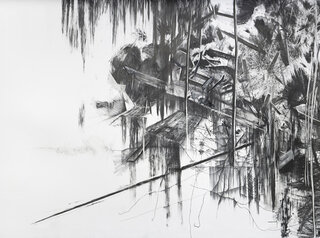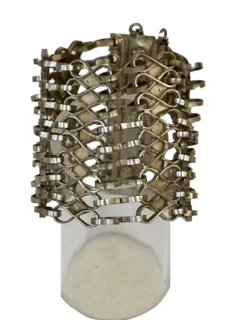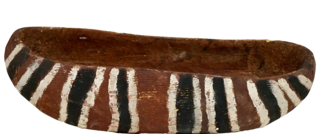
Presumably, Hatton created The Virgin in Prayer as a student exercise while studying intaglio printmaking at the Royal College of Art, likely working directly from Sassoferrato’s painting, which is in the collection of The National Gallery of Art in London. Especially popular in eighteenth-century England, mezzotint is the earliest printmaking process to enable the creation of tonal range without the use of a system of line and dot techniques such as
cross-hatching and stippling. Unlike aquatint, which uses the chemical action of acid, mezzotint is entirely mechanical in nature. The surface of the printing plate is uniformly abraded using a metal tool called a rocker. In its prepared state, the plate’s entire surface will hold ink and thus will print as a field of deep black. Working from dark to light, the artist then burnishes down areas of the plate to achieve the desired tone. The more an area is burnished, the less ink it will hold, and the lighter it will print. Areas of the plate that are burnished completely smooth cannot hold any ink and, therefore, will appear as white in the printed image.




